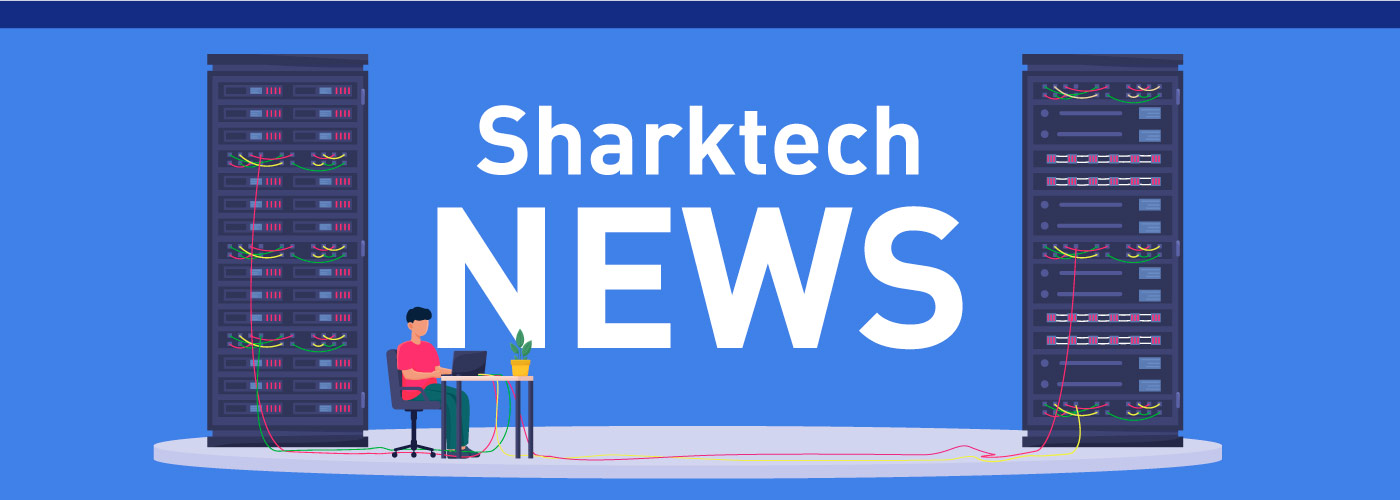What Is A Cloud Flare?
Let’s start with one polite correction: many people who are largely unfamiliar with the content delivery network named CloudFlare refer to it as “a cloud flare.” In reality, CloudFlare is a trademarked name which is often used to refer to all companies providing similar services, in the same way you might refer to generic facial tissue as “Kleenex.”
Putting terminology aside, CloudFlare is a service which uses cloud servers and operates numerous data centers around the world to speed up the delivery of a website’s content, to act as a reverse proxy for the website, and to mitigate DDoS (Distributed Denial of Service) and other malicious attacks against the site.
Basic CloudFlare service is free and easy to set up, and doesn’t require a website owner to do anything other than sign up and then change the DNS settings in their domain registrar’s control panel. The company says that more than two million websites currently use their services.
How CloudFlare Works
The basic idea behind CloudFlare is that the most efficient way to deliver web content to site visitors is to serve that content on the fastest possible connection. And delivery will almost always be faster when utilizing the resources of a worldwide network of data centers located on Internet backbones, rather than the limited resources of a single web server which may be located in the middle of nowhere and thousands of miles away from a customer or surfer.
CloudFlare accomplishes this goal by becoming a proxy between a website and its visitors. When traffic hits the Internet looking for the website it is instead directed to CloudFlare, where it is first screened for legitimacy to filter out malicious visitors or scripts. It is then sent to the CloudFlare data center that’s closest to each visitor, from which the company serves the website’s content on the client’s behalf. This speeds up connection and content delivery time drastically. CloudFlare also caches static content (items which don’t change often, such as pictures and graphics) so they can be served to visitors immediately without having to be downloaded time after time.
The bottom line: a website owner saves considerable bandwidth since their web host isn’t constantly serving every element of every page to every visitor, while the end-user experience is greatly increased because pages load twice as quickly. There are also tremendous benefits in the event of a DDoS against a website, as we’ll see next.
CloudFlare and DDoS
We’ve alluded to the ability of CloudFlare to protect websites against malicious attacks, and if you’re at all familiar with the way that DDoS mitigation is most often accomplished you’ll understand how the process works.
All traffic headed toward a website first goes through CloudFlare’s servers to be carefully analyzed and scrubbed, with only legitimate traffic allowed to access the site through CloudFlare’s data centers. This eliminates the problem of the massive amounts of traffic seen in a typical DDoS attack bombarding the client’s server; the website remains active and able to serve content. Just as importantly, thanks to its enormous number of clients CloudFlare is able to maintain an ever-growing database of malicious IPs and other signatures, and use that information to help screen out bad traffic for all clients. The company also has what it calls an “I’m Under Attack” mode, which activates even further anti-DDoS measures including Javascript challenges designed to blunt the most complicated application-layer attacks.
Other companies now offer similar CDN services to speed up website content delivery while protecting against hackers and bad actors, but CloudFlare remains the leader in the field and has been credited with mitigating some of the largest DDoS attacks in history.
About Sharktech
Sharktech is a private company founded in 2003 by CEO and DDoS Protection Pioneer Tim Timrawi. The company has more than 25 employees throughout its headquarters in Las Vegas, Nevada, and data center facilities in Los Angeles, CA, Denver, CO, Chicago, IL, and Amsterdam, Netherlands.


More to Read
The OpenStack Public Cloud Complexity Problem (And Why It’s Costing You)
Choosing the right cloud platform today is akin to trying to pick a needle
Oct
Make Growth and Security Part of Your Public Cloud Management Strategy
Managing today’s cloud infrastructure is no longer just about spinning up servers or
Sep
Leading Cloud Service Providers Explained: Types, Benefits, and How to Choose
94% of businesses now use a cloud solution in some form. Whether it’s
Aug
What is Public Cloud? A Simple Guide For Businesses
What is public cloud? It’s a model of cloud computing where infrastructure and
Jul
What is Cloud Migration? A Practical Guide for Modern Businesses
What is cloud migration? It’s the process of moving digital assets—like data, applications,
Jul
Why Some Businesses Choose Self-Managed Cloud Instead
Cloud computing has revolutionized how businesses deploy, manage, and scale their digital infrastructure.
Apr